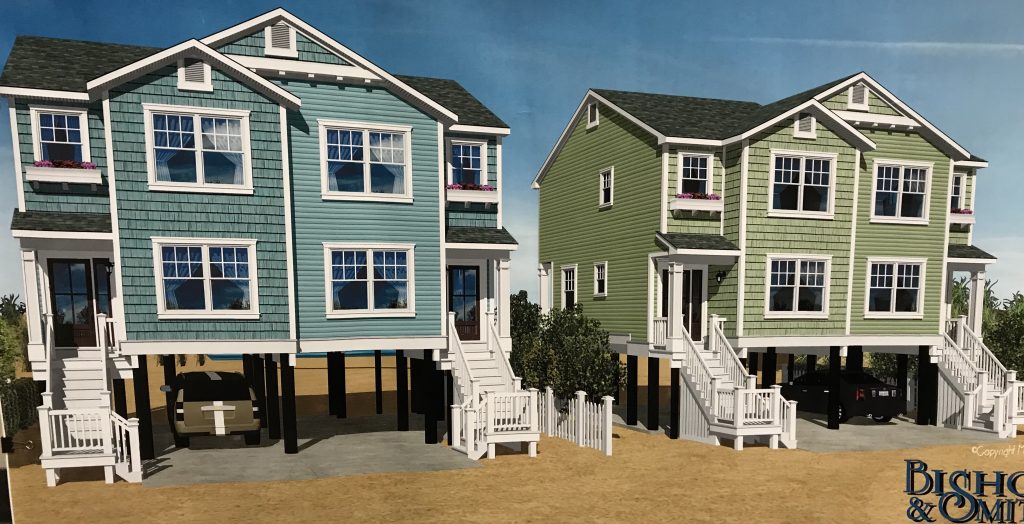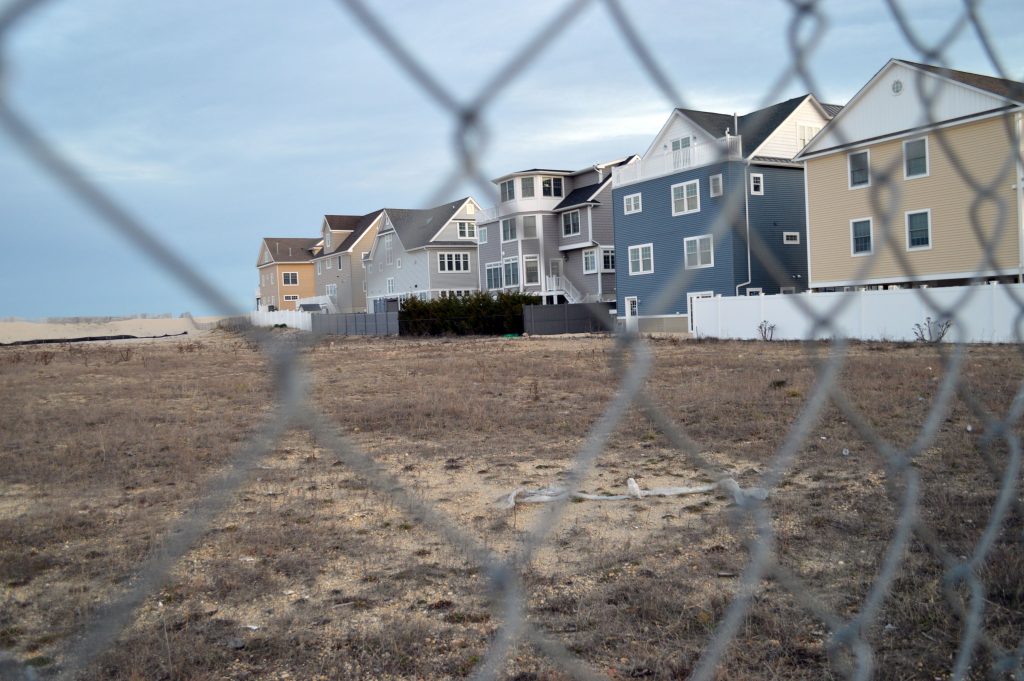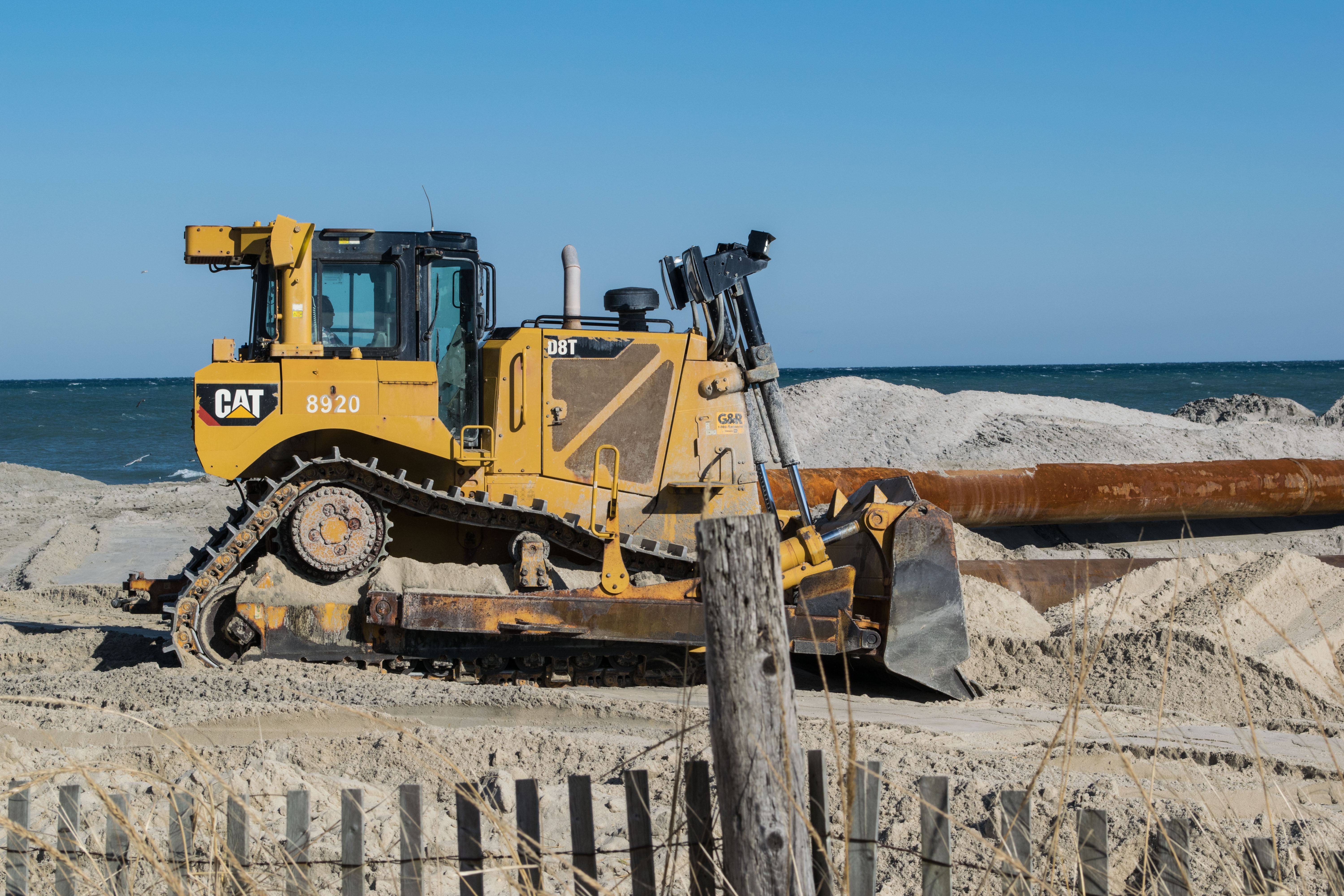They finally figured it out.
When 70 homeowners lost their houses – some seasonal, and some year-round residents who are still displaced after almost six years – it was a struggle to find out how to accommodate all of Camp Osborn’s residents under modern building codes that prevent bungalow communities from being constructed as they were in the 1950s. But a new plan gives every resident a fighting chance of returning to the hallowed ground they once called home, with the help of a new Brick Township ordinance that confers a special zoning overlay on top of the plot of land that once made up the bulk of the Camp in order to accommodate and out-of-the-box plan for an out-of-the-box community that has been a part of the fabric of Brick for the last century.
“For many years, the association was going down the wrong road of trying to get with single-family homes,” said Dan Redmond, one of the community leaders of Camp Osborn. “The town felt it wasn’t the density that was the problem, but the intensity. Instead of 67 individual buildings, we’ll now have half that with ten feet between the houses.”
Camp Osborn was made up of three separate plots of land. One, the southernmost portion, was owned by a Bob Osborn, now deceased, whose family has sold it to a developer proposing seven large homes. The proposal – far less than the 30 small homes that once stood there – is being fought by a single homeowner on a neighboring street who has hired attorneys to oppose the reconstruction. Previously, Osborn operated the property under a land-lease arrangement. He owned the land, which was rented by homeowners who built houses there.
But the latest proposal covers the largest portion of the community, which is under the jurisdiction of the Osborn Sea-Bay Condo Association. In this portion, homeowners owned both the land and homes – but there weren’t traditional lot lines and the footprints of the former houses that stood there would not hold up to current zoning or fire codes.
Indeed, a fire sparked by a power line malfunction and fed by a natural gas leak destroyed the entire property during Sandy.
The latest proposal calls for 32 buildings – several duplex-style homes and a few single-familt residences – that will accommodate all of the former homeowners. Most want to come back, but some will likely sell their interest in the property, said Redmond.
“Everybody who wants to come back will be able to do so,” he said.
The project has yet to be presented to the planning board, and it is unknown whether the seemingly-disgruntled homeowner from Lyndhurst Drive opposing the rebuilding of the smaller portion will, likewise, oppose plans to rebuild the rest of the property.
Recently, the township passed a revision of its zoning code, creating a new version of what was once known as the Beach Cottage Community Zone overlay. Most of Brick’s barrier island portion is located in the R7.5 zone, which requires 7,500 square foot lots – far larger than most island lots, and exponentially larger than the former Camp Osborn properties.
Under the new ordinance, a special “overlay” on top of the R7.5 zone allows special construction regulations in the Camp in order to accommodate its unique scenario.
Nick Honachefsky, nationally known as a writer for a popular fishing magazine and host of a fishing television program, was a year-round resident of Camp Osborn and has been sleeping on friends’ couches and renting homes for years, all while paying a mortgage and taxes on a property he could not access or rebuild.
“Even though I enjoyed the summers, I also enjoyed December and January,” Honachefsky told Brick council members at a recent meeting. “It was my home. People lost important things, but I happened to lose everything in my life. What would you do if you lost everything?”
“For the first five or so years, I was living in hotels,” he said, continuing his story. “I’ve been staying on friends’ couches, at least until they kicked me out. Some nights I slept in my truck at the inlet. Nobody would even let me put a trailer on there, even for three months. When you guys consider this proposal, this is the first step for me feeling like I’m getting back home.”
“This took too long,” said Councilman Jim Fozman. “It should’ve been done sooner.”
But now, it’s done.
“I can’t imagine what it’s like to be out of your house for five years, whether it’s a summer cottage or, even worse, your year-round residence,” said Mayor John Ducey. “We had to have rooms for streets, room for parking, and enough space so we don’t have the same thing happen as is in the past.”
There also needed to be turnarounds for fire trucks, ambulances and school buses, he said.
The new ordinance fits all of those safety features alongside rebuilt homes, allowing an empty, overgrown lot to be turned into the seaside community it was always meant to be.
“Reporters have asked me, ‘where are you?’ And now I can tell them I’m at step one,” Honachefsky said.

Advertisement

Seaside Heights & Seaside Park
Reminder: Boardwalk Halloween Costume Contest, Free Carousel Rides This Weekend in Seaside Heights

Police, Fire & Courts
Seaside Heights Woman Indicted for Murder, Dismembering Body in ‘House of Horrors’ Case

Seaside Heights & Seaside Park
Seaside Heights Italian Festival, Columbus Day Parade to Return Oct. 11-13

Seaside Heights & Seaside Park
Dramatic Water Rescues Occur in Seaside Park As Rip Current Warning Remains in Effect

Ortley Beach & North Beaches
Abandoned Private Island ‘Mansion’ in Barnegat Bay Poised for Demolition








